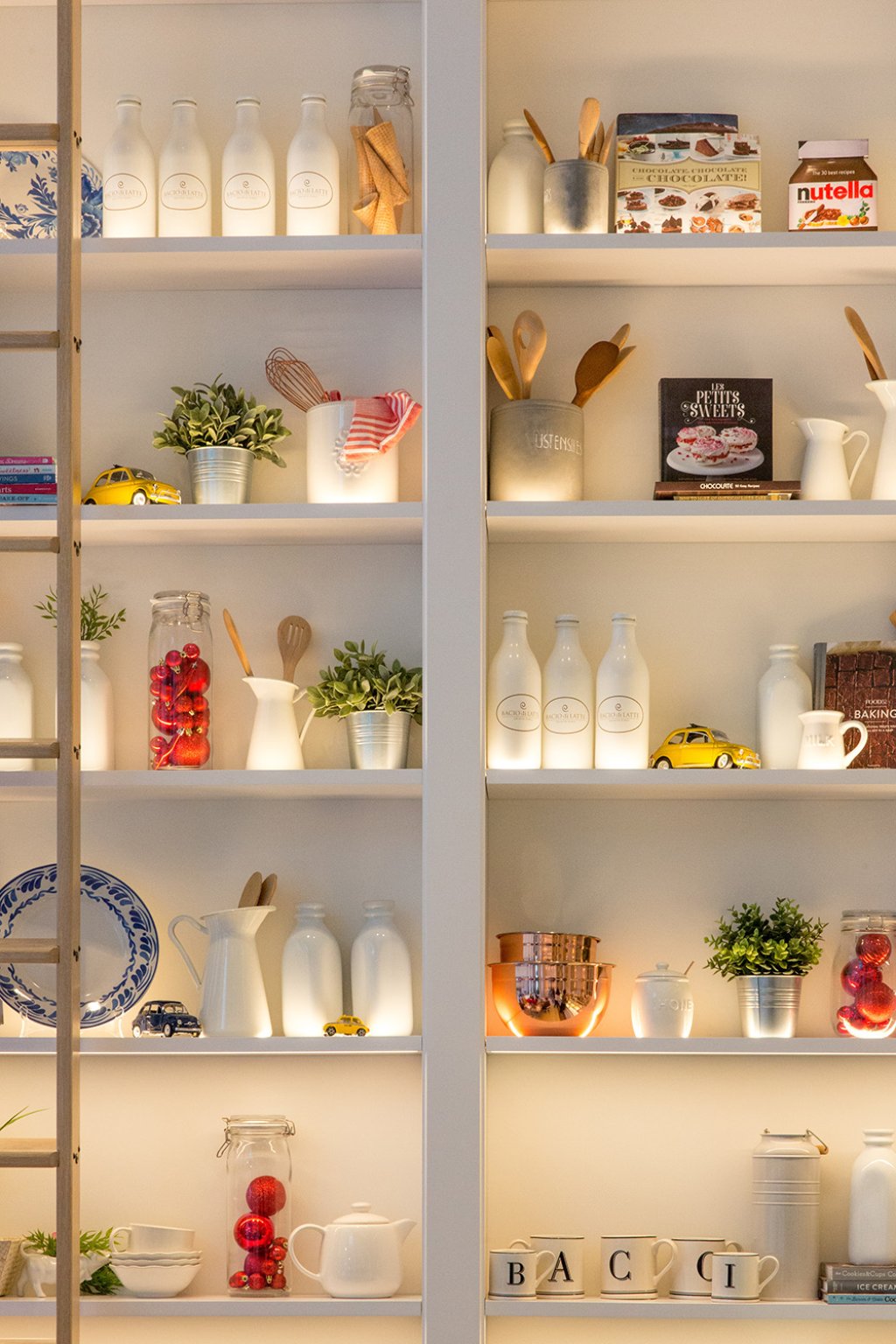
If your kitchen is lacking in storage space, leaving you feeling cluttered and disorganized, adding a larder can be a real-space saver.
A larder, a term often associated with traditional pantry spaces, can be a game-changer in terms of organisation and functionality. It's a versatile storage area that can house not only dry goods but also serve as a repository for small kitchen appliances, extra dishware, and more. Here's a step-by-step guide to help you transform an underutilised corner into a fully functional larder.
Assess Your Space
Begin by taking a critical look at your kitchen layout. Identify an area that isn't living up to its full storage potential. It could be an empty corner, a neglected alcove, or even the space under a staircase. Assess the dimensions of the chosen space to determine the potential size of your larder.
Plan the Design
Once you've pinpointed the location, it's time to plan the design of your larder. Consider incorporating adjustable shelves to accommodate items of varying heights. If space permits, think about installing pull-out drawers for easy access to items at the back. Don't forget to factor in good lighting; well-lit shelves make it easier to find what you need.
Clear the Clutter
Before diving into construction, declutter the chosen space. Assess the items in your kitchen and separate them into categories: keep, donate, and discard. This process not only frees up space for your new larder but also helps you streamline your kitchen essentials.
Choose Quality Materials
Invest in sturdy, durable materials for your larder construction. While aesthetics are important, focus on functionality and longevity. Opt for materials that can withstand the weight of canned goods and kitchen appliances. Plywood and solid wood are excellent choices for shelves, while a durable paint or finish will add both style and protection.
DIY or Professional Help?
The decision to embark on a do-it-yourself project or hire a professional depends on your comfort level with carpentry and the complexity of the design. If you're a seasoned DIY enthusiast, there are plenty of online tutorials to guide you. However, if precision and structural integrity are concerns, hiring a professional carpenter might be the safer route.
Personalize Your Larder
This is where the fun begins! Personalize your larder to suit your style and needs. Consider adding a chalkboard or whiteboard panel for jotting down grocery lists or meal plans. Install hooks for hanging aprons, kitchen utensils, or even mugs. The goal is to make your larder not only functional but also an extension of your kitchen's personality.
Stocking Your Larder
With your larder in place, it's time to stock it strategically. Group similar items together and label your shelves for easy identification. Keep frequently used items at eye level for convenience. Consider investing in storage containers to keep things tidy and prevent spills. Your larder is not just a storage space; it's a curated collection of your kitchen essentials.
Maintenance and Upkeep
Regular maintenance is key to keeping your larder organized. Take some time every few months to assess its contents, checking for expired items and reorganising as needed. This proactive approach will ensure that your larder remains a functional and efficient part of your kitchen.
Building a larder in your existing kitchen is a rewarding project that can enhance both the form and function of your culinary space. By carefully planning the design, choosing quality materials, and personalising the space, you'll create a larder that not only provides ample storage but also reflects your unique kitchen style. Say goodbye to kitchen clutter and hello to a more organized and enjoyable cooking experience!